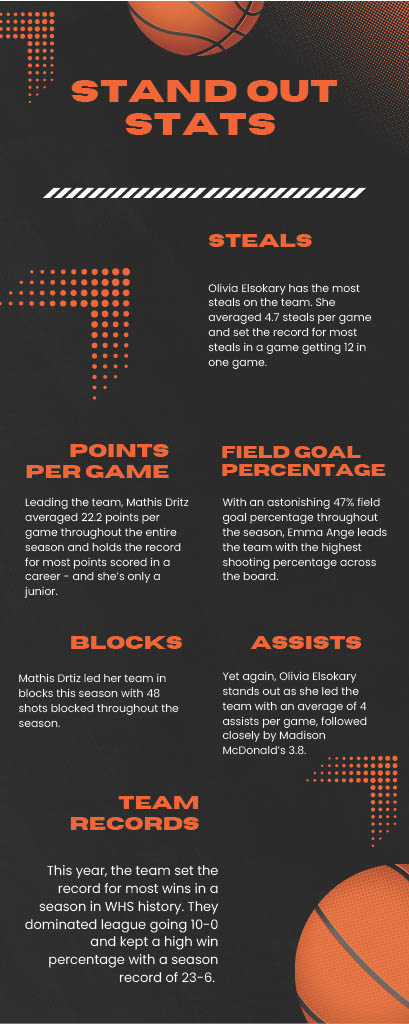Spring has sprung. Pastel decorations color every house, plastic eggs and candy adorn every shelf and flowers sprout in every garden. The popular holiday, Easter, is celebrated by believers and non–believers alike with 81% of Americans participating in the festivities, according to statistica.com.
Celebrated this year on March 31, the date of Jesus’s crucifixion was not settled until the eighth century. In Anatolia, Christians observed Easter on the same date as the Jewish holiday of Passover, according to britannica.com. Recognized by Christians, Easter has celebrated Jesus’s resurrection from the dead after being crucified two days earlier on Good Friday since the second century, according to britannica.com.
“Easter, [exists] for us to celebrate the resurrection of Jesus,” said nondenominational Christian Madison Gamble ‘26. “We take the day to celebrate and take time with family.”
Planting flowers, dying eggs and having an Easter egg hunt are popular secular forms of celebrating that have made it into almost every Easter celebration.
“We used to do [an Easter egg hunt] all the time,” said Sofia DiMarco ‘26 who was raised Catholic and celebrates Easter but no longer follows the belief system. “All my sisters are older now, so [we don’t anymore].”
Ostara is one of the eight Pagan or Celtic holidays on the Wheel of the Year, which is a cycle that celebrates the changing of seasons and natural cycles of life, according to outdoorapothecary.com Among Ostara are Yule, Samhain, Beltane, Imbolc and many others. Known to many as the spring equinox, Ostara is the first day of the new season and the origin of many Easter identifiers.
“I’ve never celebrated [solstices and equinoxes], but it’s been a known thing,” said DiMarco. “I’ve been aware of them.”
Ostara, beginning this year on March 19 when day and night both last 12 hours, days become longer going forward as the festivities continue until March 23. Ostara is the midpoint between two other sabbaths, Imbolc, Feb. 1, 2024, a period of introspection and preparation for spring, and Beltane, May 1, 2024, the peak of spring.
Things such as eggs, rabbits, chicks and pastel colors were used by Pagans as symbols of rebirth, renewal and abundance, which could all be seen in nature during this period, according to outdoorapothecary.com
“[There’s] the cross, of course, bunnies, decorative eggs,” said DiMarco.
All these things were adopted by Christians including the very name ‘Easter’ which is parallel to the German word ‘Ostern.’ Believed to come from the Anglo–Saxon goddess of spring and fertility, Eostra, the Pagans found the name Ostara for their festival to then evolve into Easter when translated, according to britannica.com.
This phenomenon of altering Celtic and Pagan traditions and symbols is nothing new as Christian missionaries would do so to convert more people to Christianity, according to uwlax.edu. It has happened many times with Yuletide becoming Christmas, Samhain becoming Halloween and the misconception of a pentacle or five-pointed star in a circle being evil while it is purely a symbol of earth, water, air, fire and spirit, according to britannica.com.
“I actually am a missionary … I’m going to Kampala, Uganda where I get to spend time with students,” said Gamble. “They get housed at the school and full education by sponsors. I know that in the past [they have invaded spaces, but] I think [modern] missionaries are really important. It’s great; you should indulge in all the [festivities]. If you think that’s what’s going to make memories, that’s a good thing.”



























